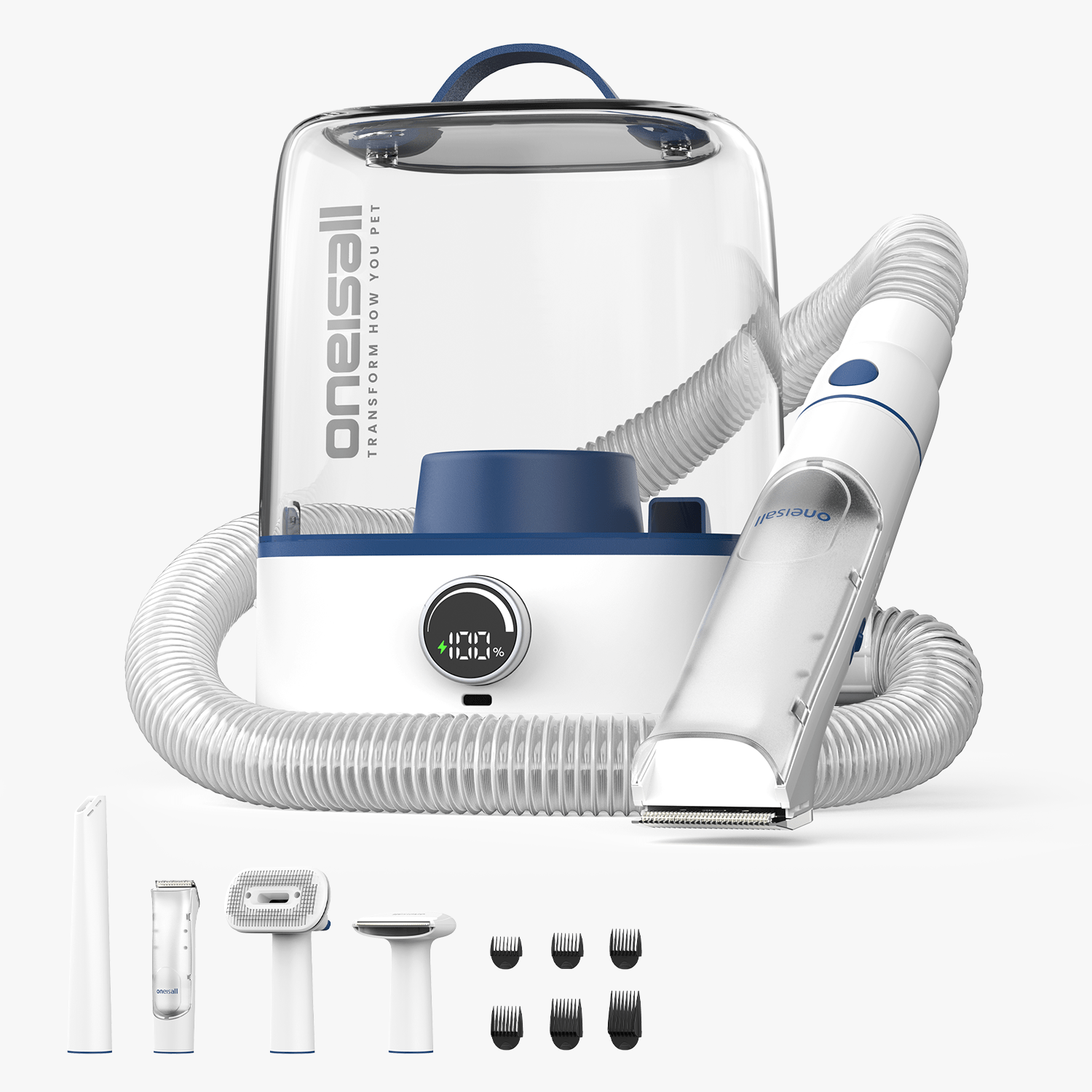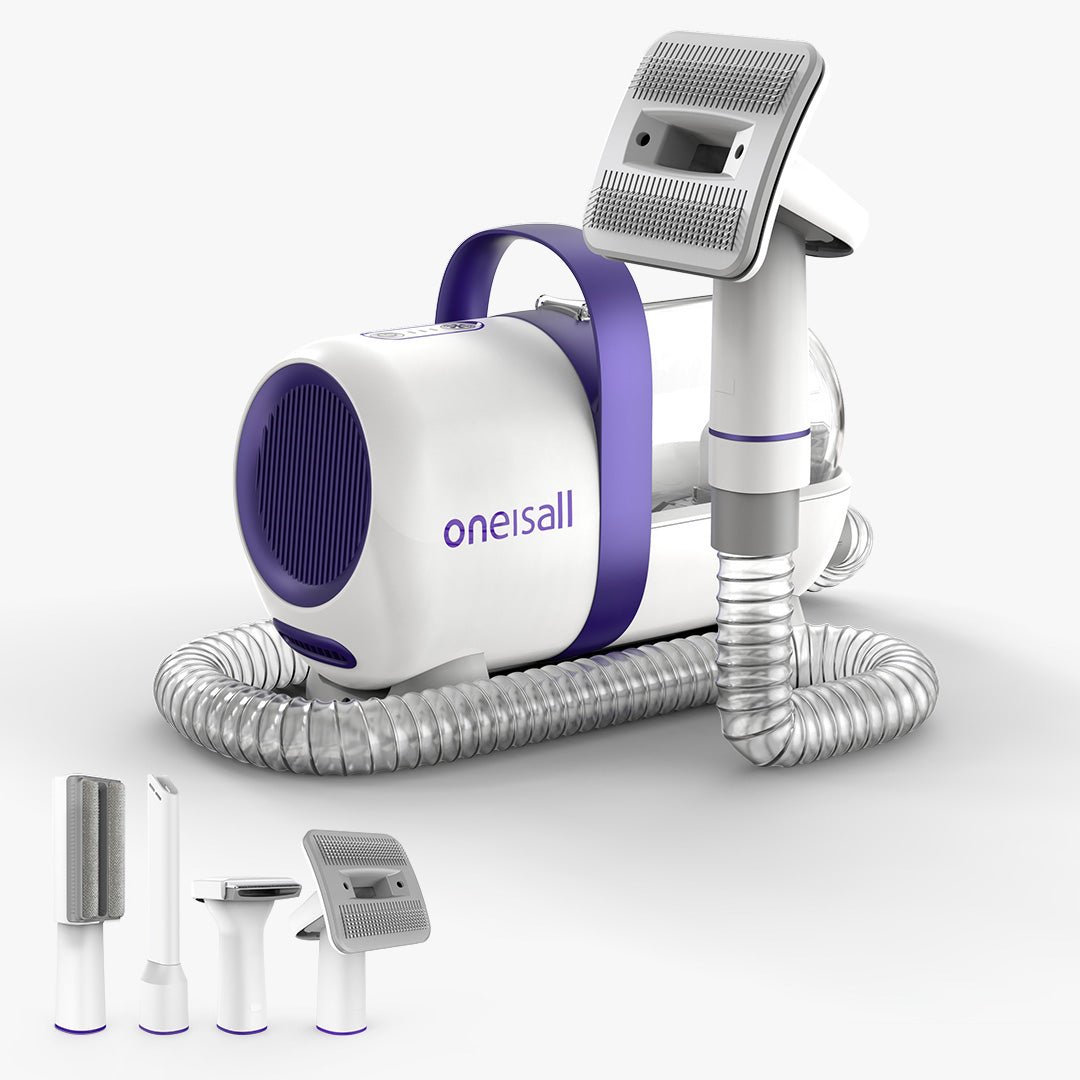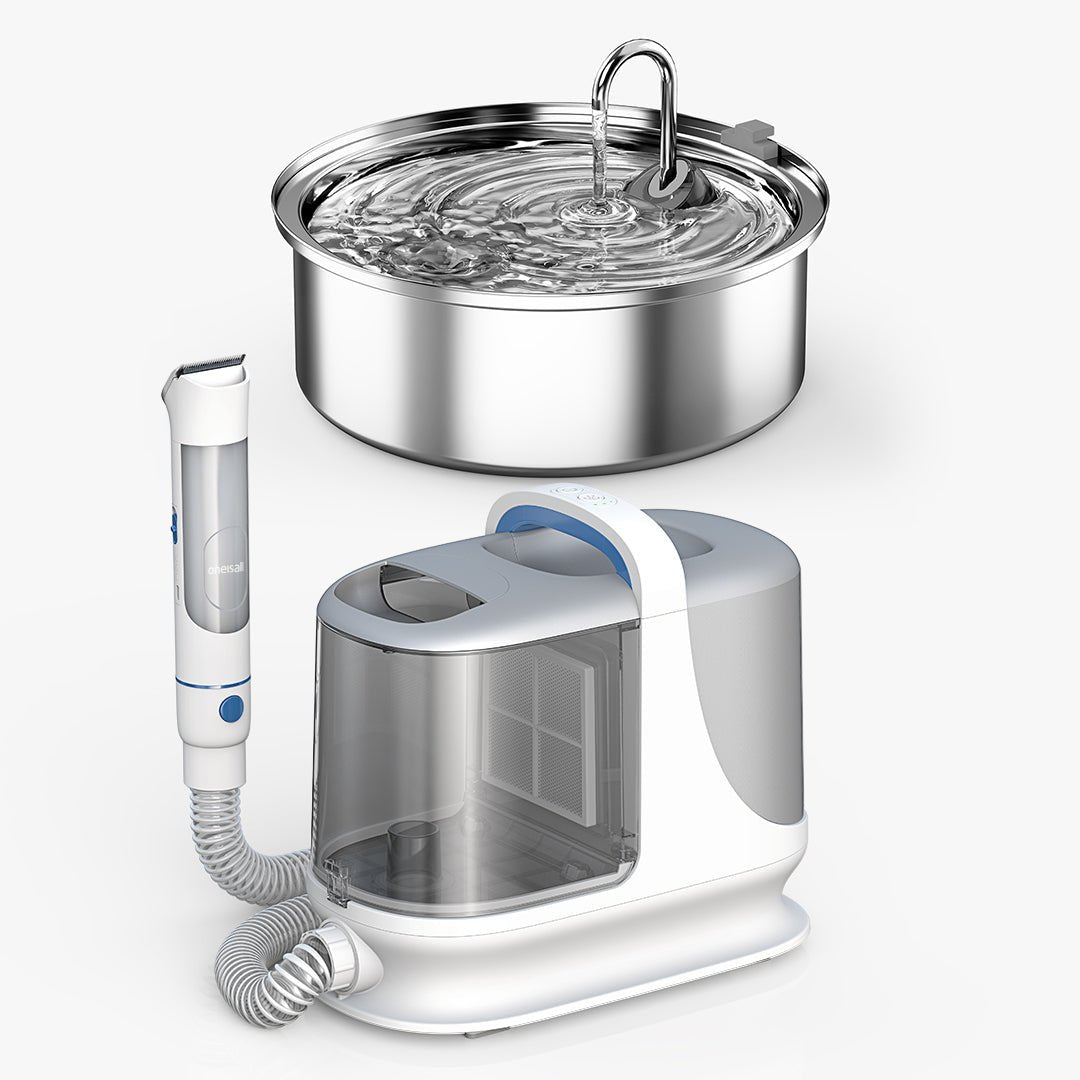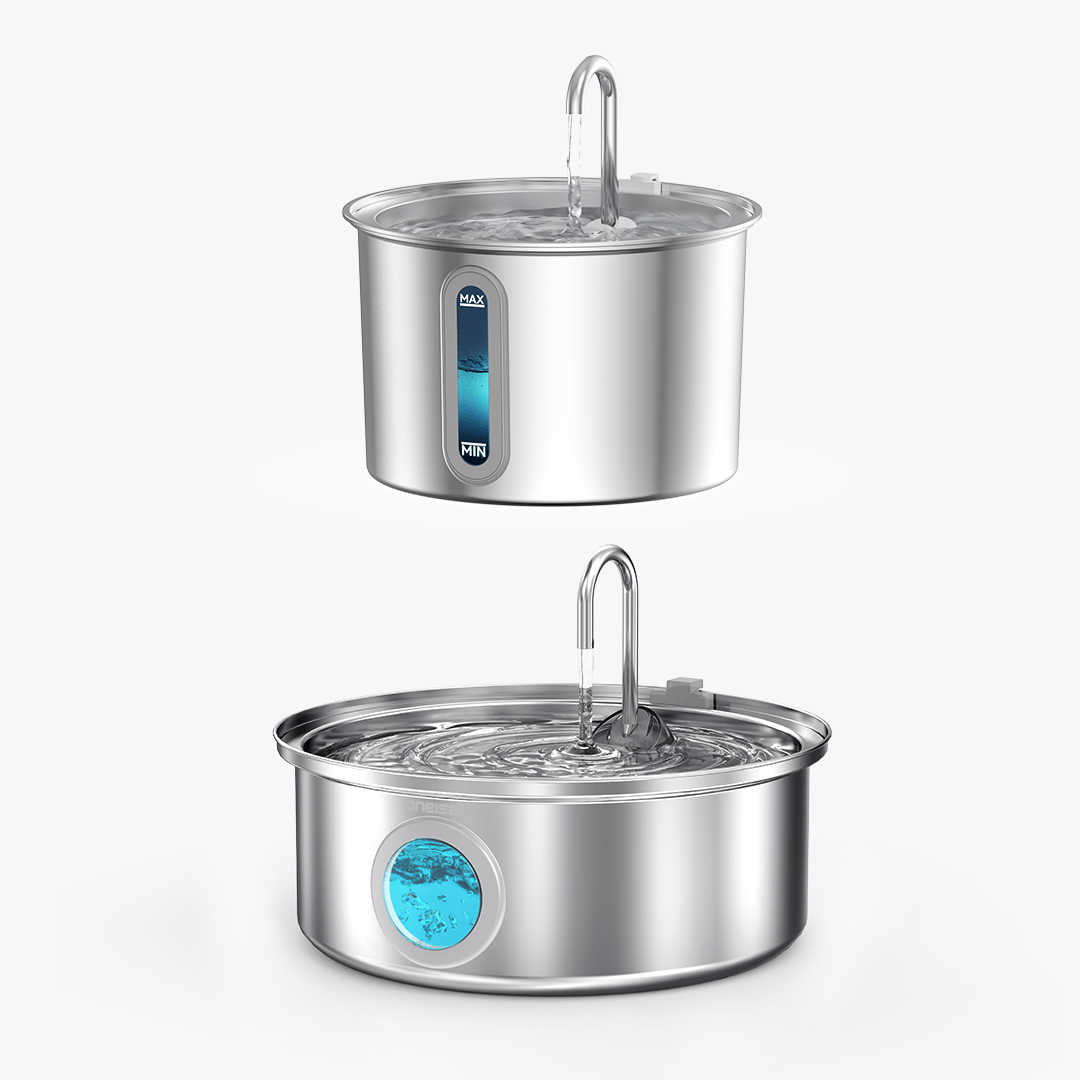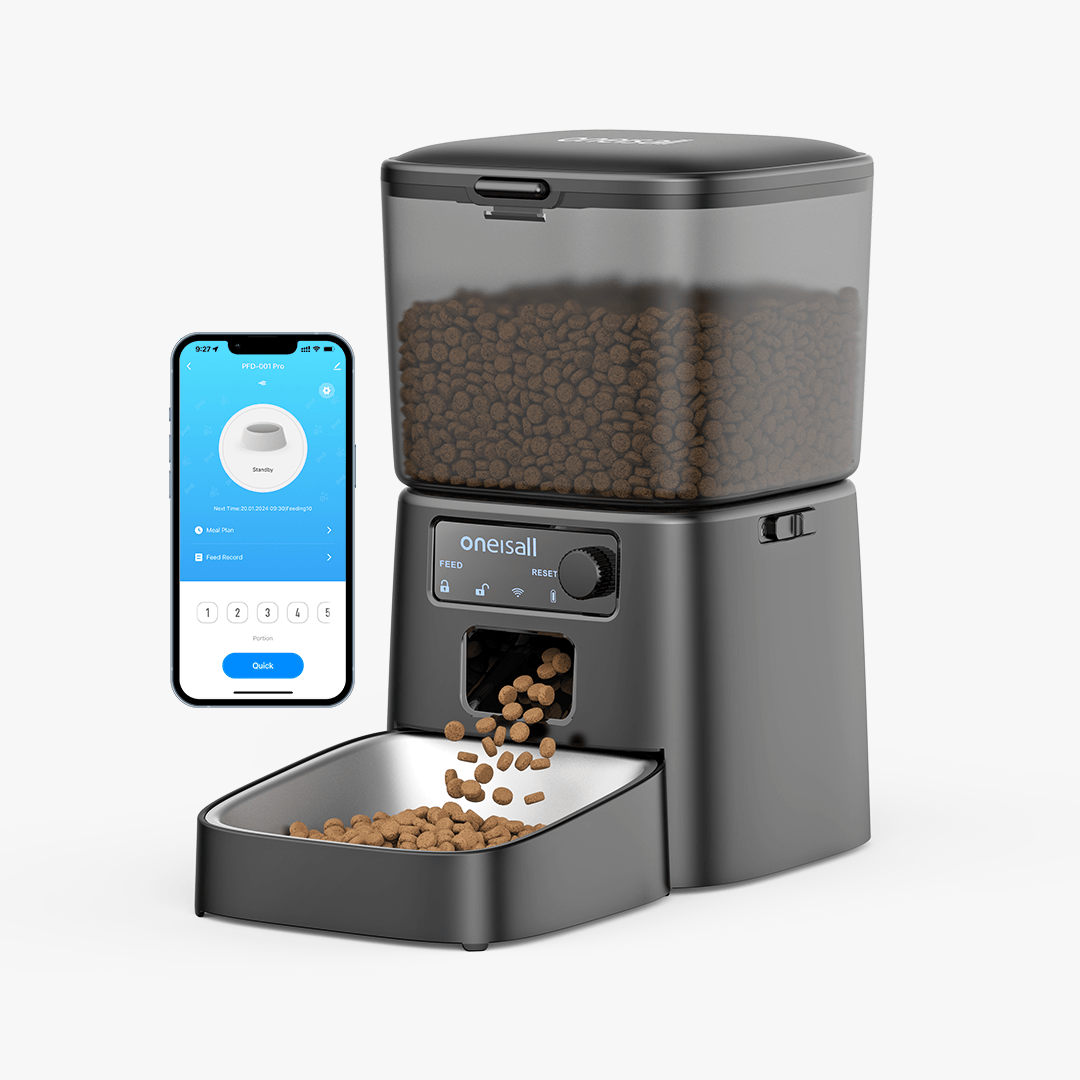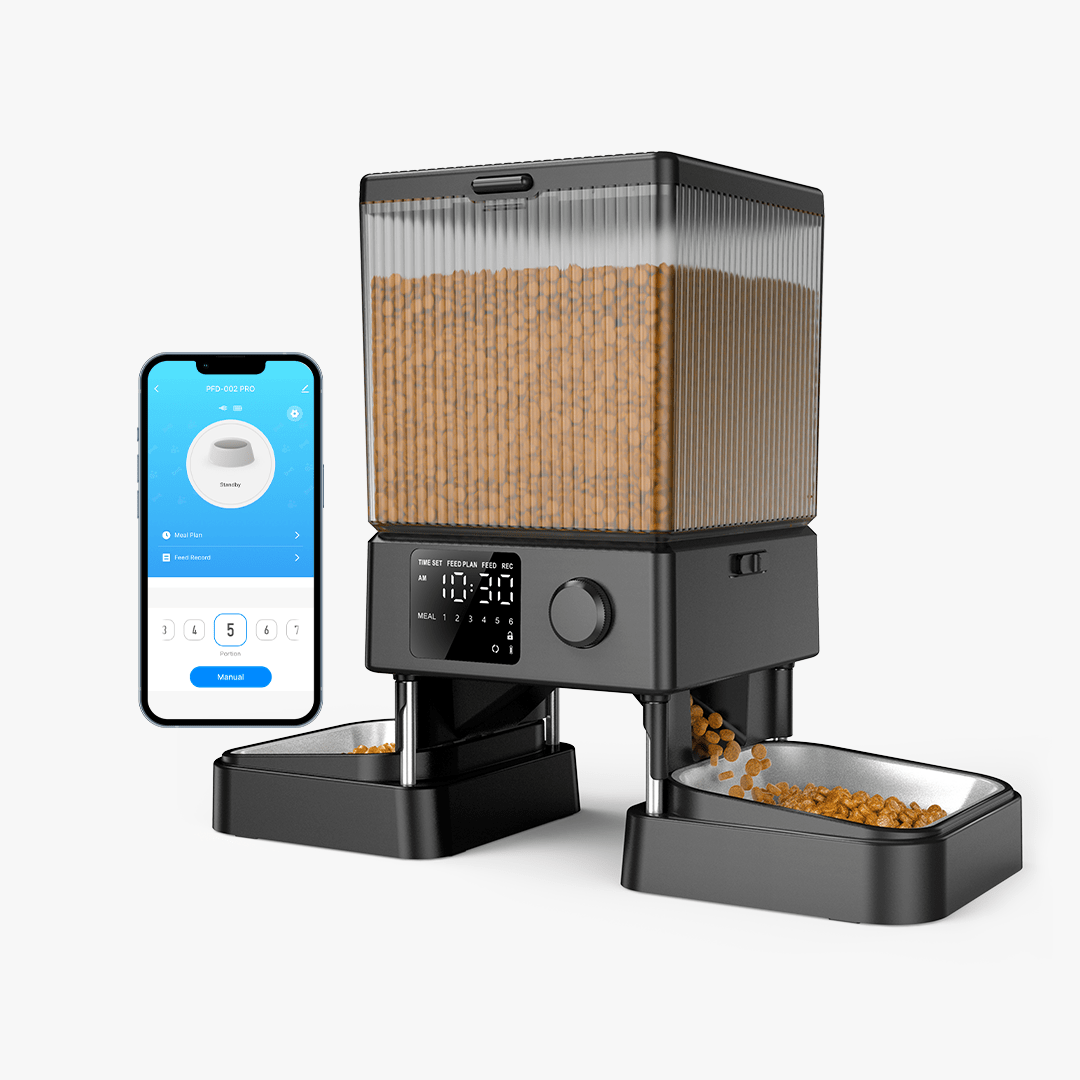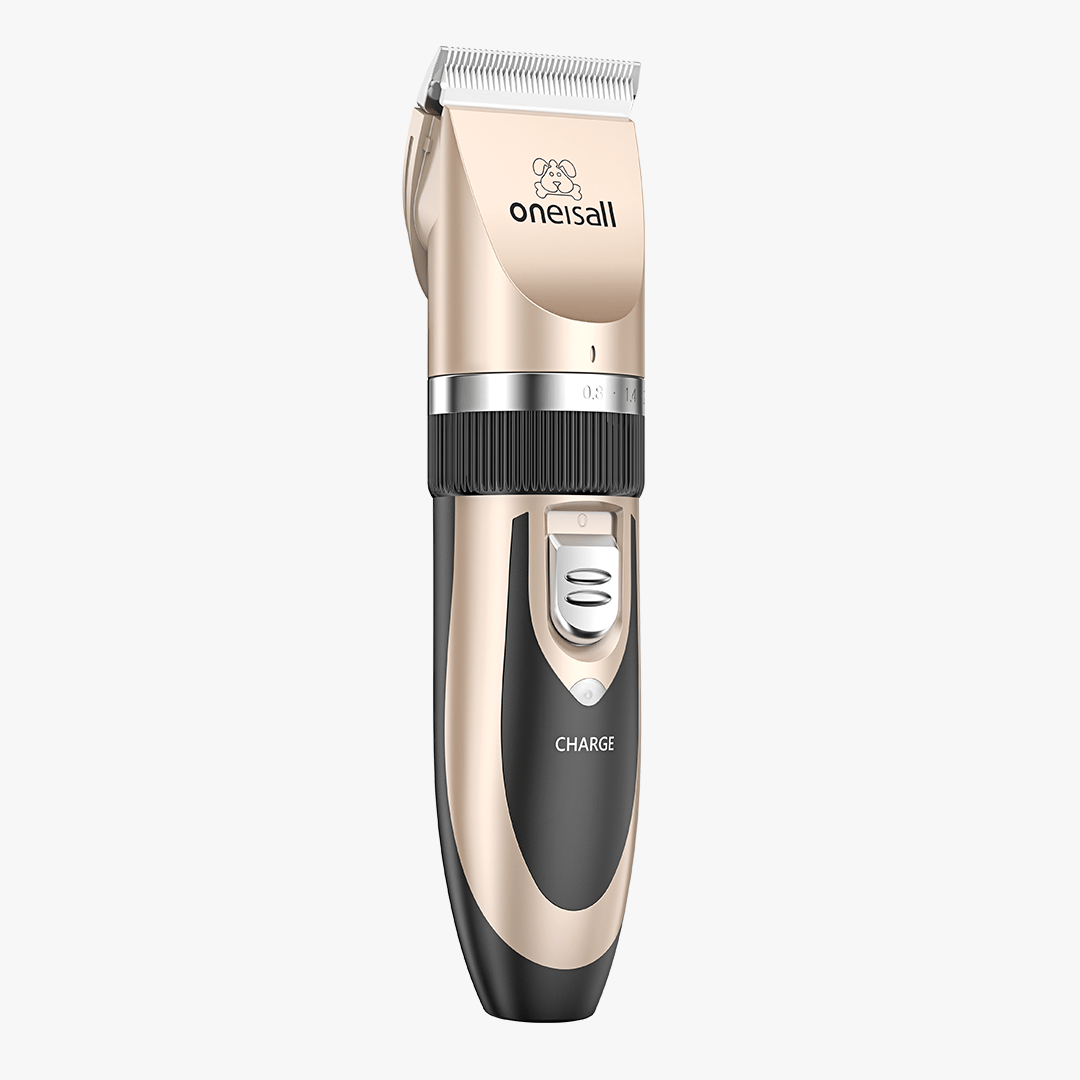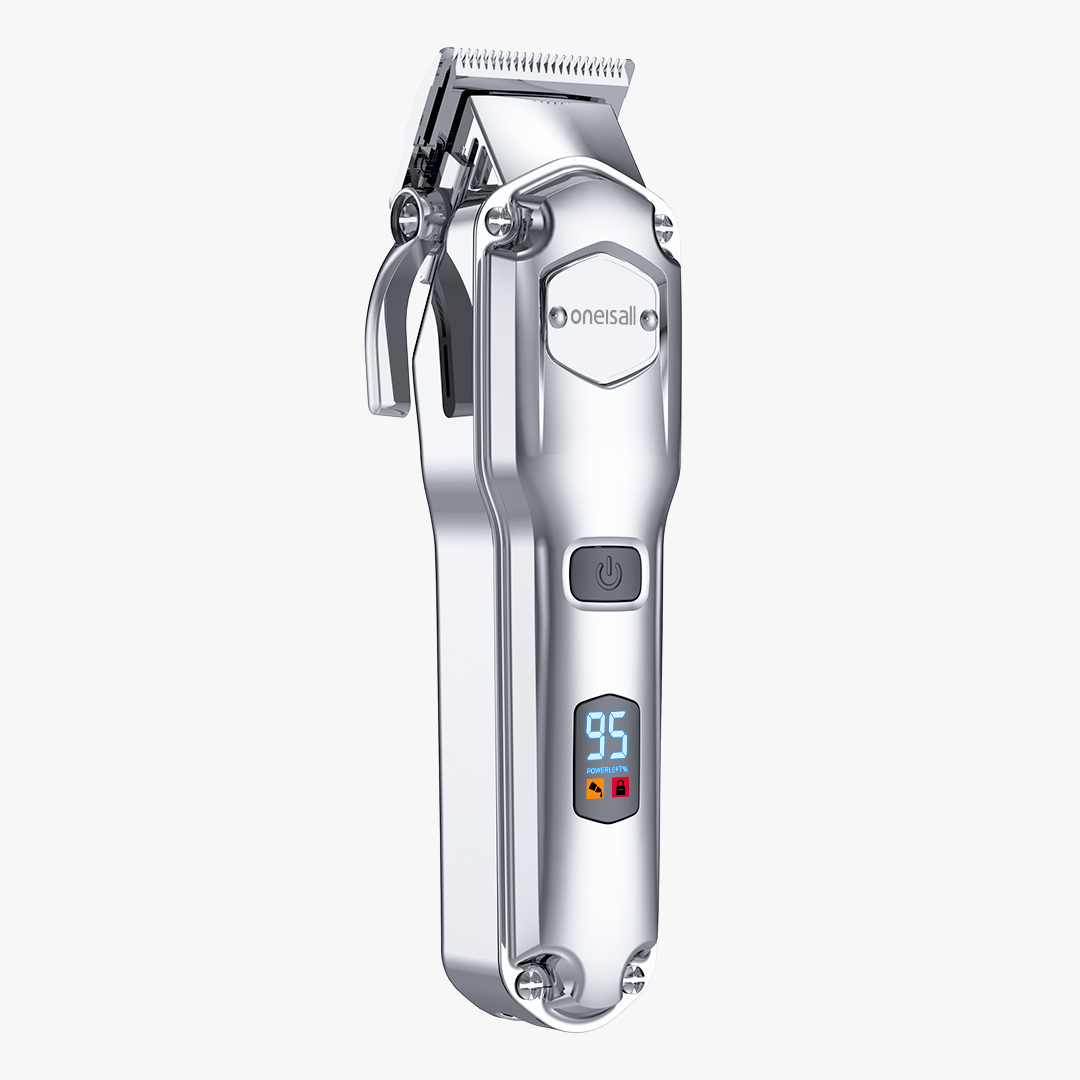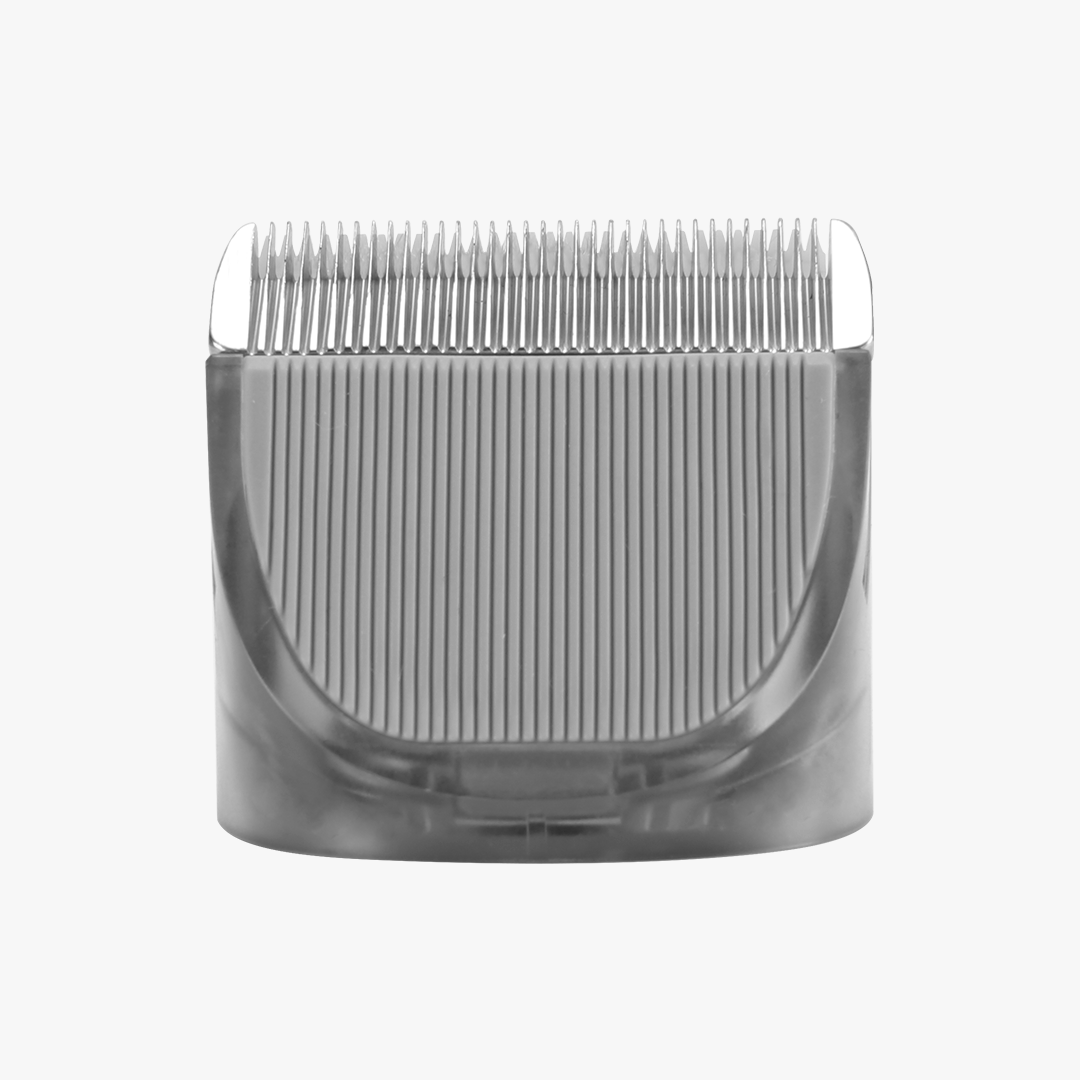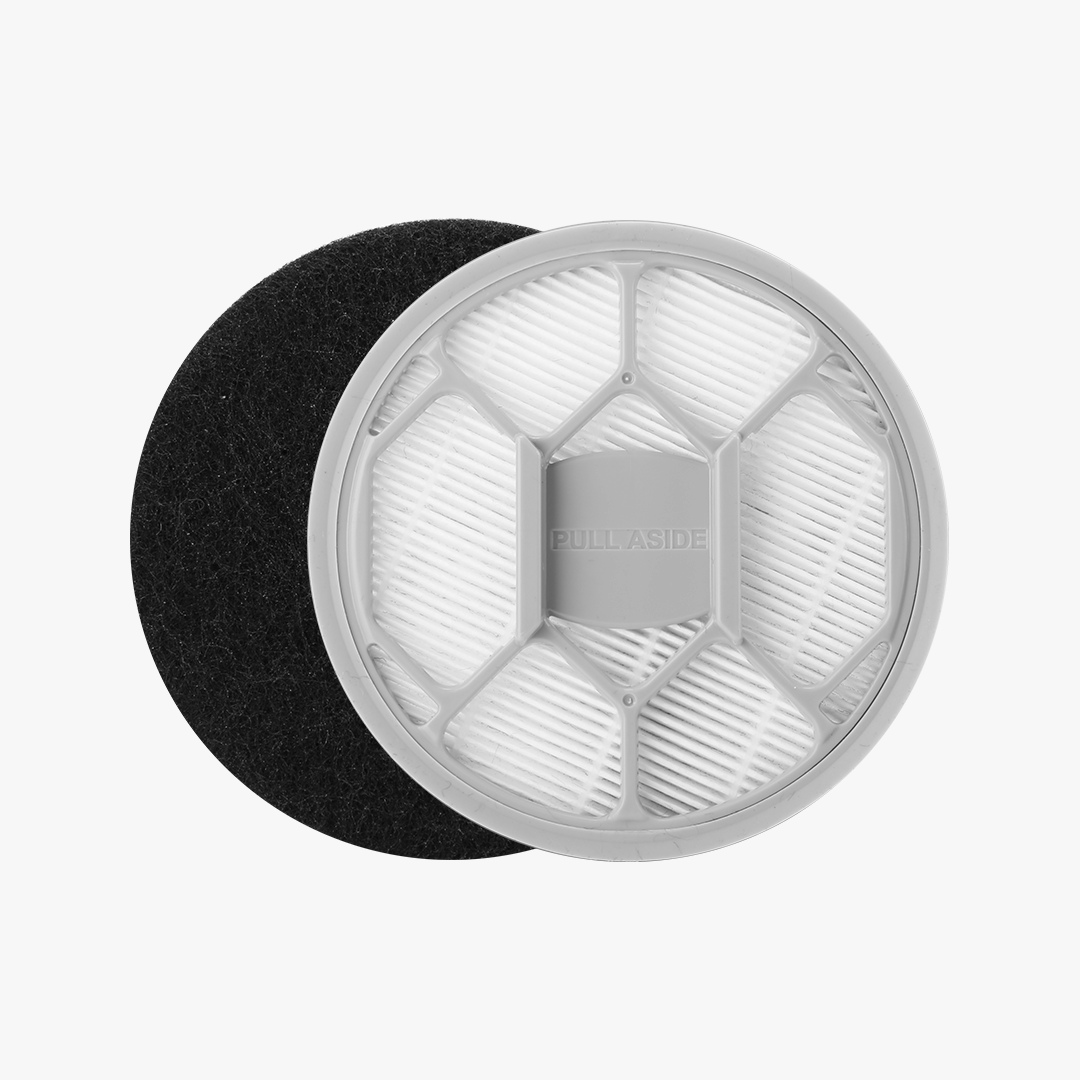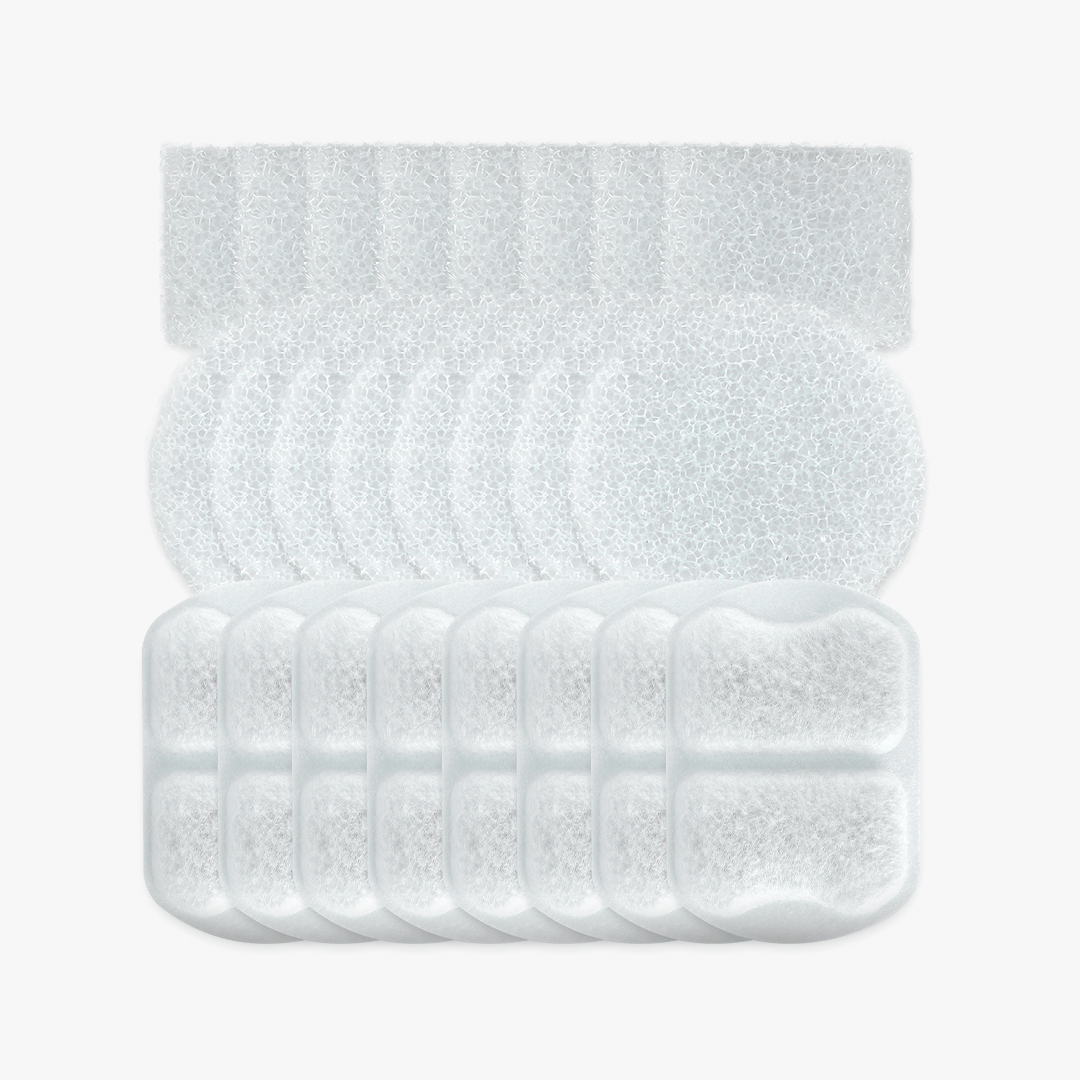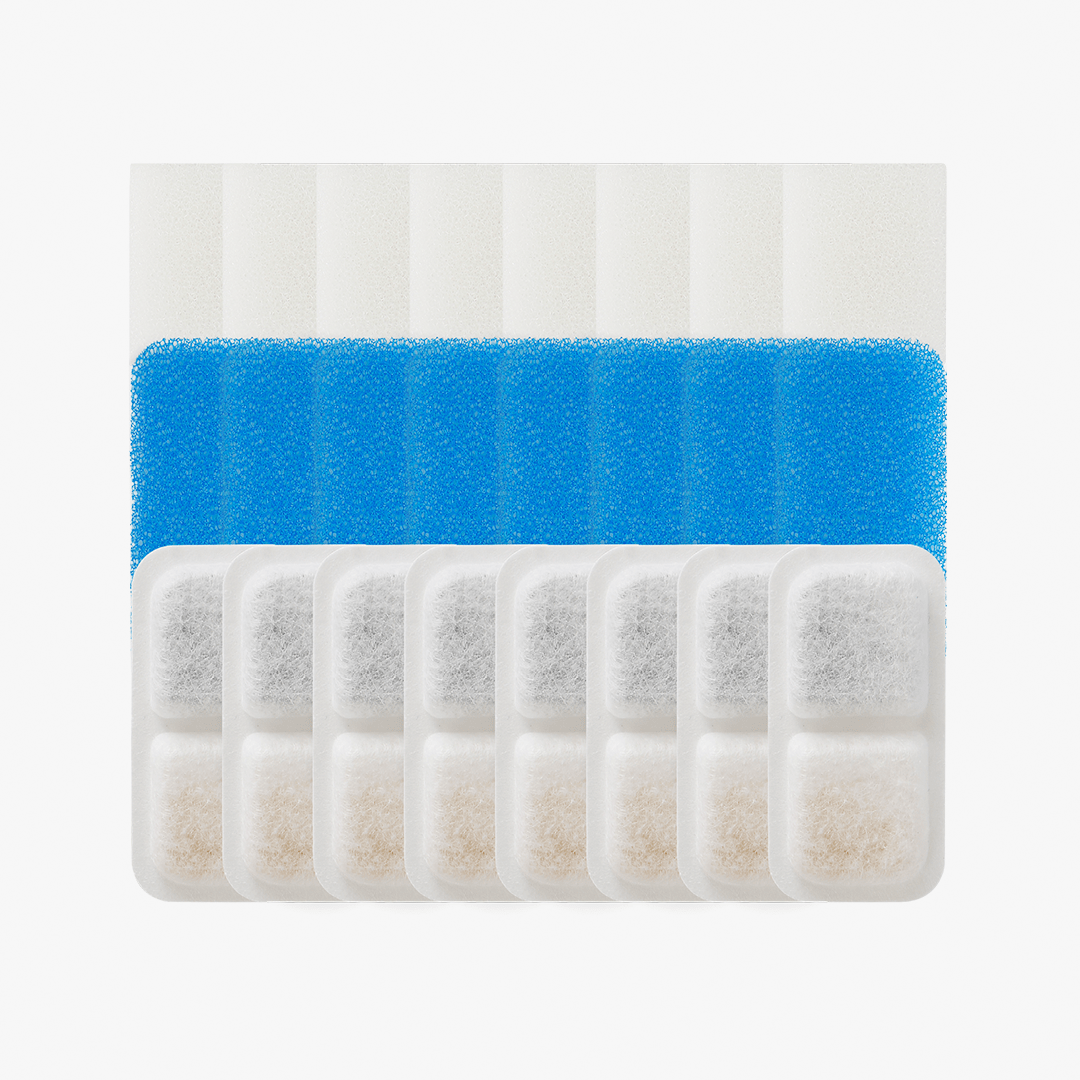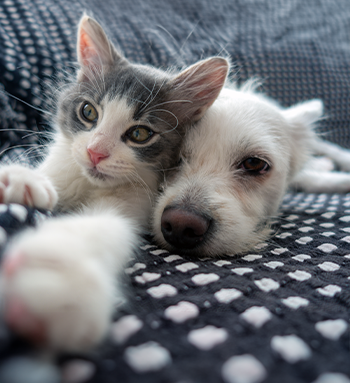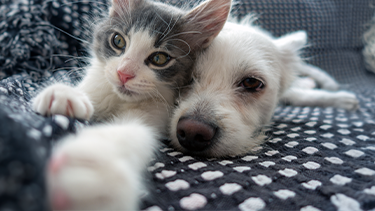Understanding Shedding: How to Manage Excess Pet Hair in Your Home?
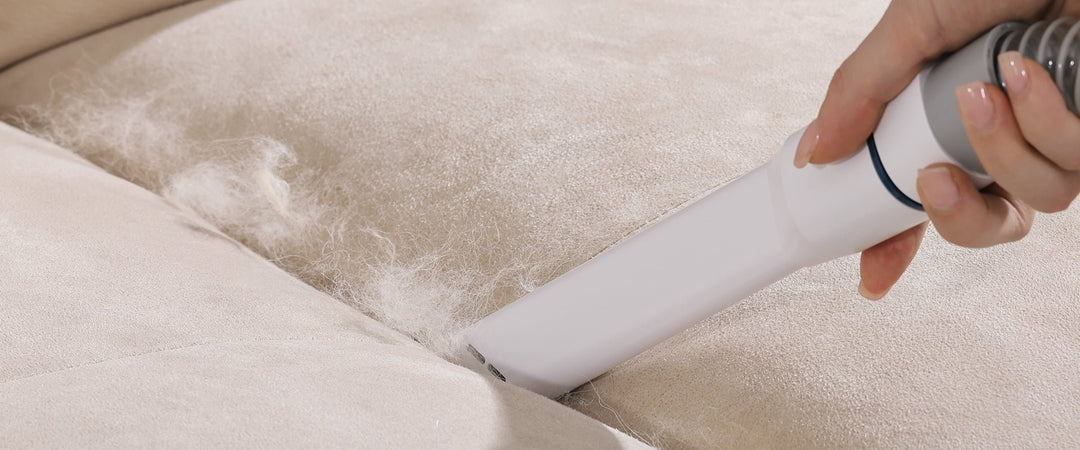
If you're a pet owner, you're no stranger to the inevitable reality of pet hair. Whether you have a dog, a cat, or another furry companion, shedding is a common issue that can sometimes feel overwhelming. However, with the right knowledge and tools, managing excess pet hair in your home is entirely achievable. This article aims to help you understand why pets shed, the factors that influence shedding, and practical strategies to keep your home fur-free.
Why Do Pets Shed?
Shedding is a natural process for many animals. It allows them to remove old or damaged hair and make way for new growth. This process can vary greatly depending on the species, breed, age, and health of your pet. For instance, dogs and cats typically have shedding seasons during spring and fall, coinciding with changes in daylight and temperature. During these periods, they may shed more heavily to transition from their winter coat to a summer coat, or vice versa.
Factors Influencing Shedding
1. Breed
Some breeds are more prone to shedding than others. For example, breeds like German Shepherds and Huskies are notorious for their heavy shedding, while Poodles and some terriers shed very little.
2. Health
A pet’s overall health significantly impacts shedding. Conditions like skin allergies, poor nutrition, or hormonal imbalances can increase shedding. Regular veterinary check-ups are crucial to ensure your pet is healthy and to address any underlying issues.
3. Diet
Proper nutrition plays a vital role in the condition of your pet’s coat. A diet rich in omega-3 and omega-6 fatty acids can help maintain healthy skin and reduce excessive shedding.
4. Stress
Stress can cause pets to shed more than usual. Changes in their environment, new additions to the family, or even minor disruptions in their routine can lead to increased shedding.
Managing Pet Hair in Your Home
Managing pet hair can be challenging, but with a systematic approach, you can significantly reduce the amount of hair in your living space. Here are some practical tips to help you keep your home clean and fur-free:
Regular Grooming
1. Brushing
Regular brushing is one of the most effective ways to manage shedding. Depending on your pet’s breed and coat type, you may need to brush them daily or a few times a week. Brushing helps remove loose hair before it falls off, reducing the amount of hair that ends up on your furniture and floors. Tools like de-shedding brushes, slicker brushes, and grooming gloves can be particularly effective.
2. Bathing
Regular baths can help manage shedding by loosening and removing excess hair. Use a pet-safe shampoo that is gentle on their skin and coat. Be sure to follow up with a thorough rinse to avoid any residue that might irritate your pet’s skin.
3. Professional Grooming
Consider taking your pet to a professional groomer, especially during peak shedding seasons. Groomers have specialized tools and expertise to handle excessive shedding effectively.
Home Cleaning Strategies
1. Vacuuming
Invest in a high-quality vacuum cleaner designed for homes with pets. These vacuums typically have stronger suction, specialized attachments, and filters to capture pet hair effectively. Vacuum your home regularly, paying special attention to areas where your pet spends the most time.
2. Lint Rollers and Pet Hair Removers
Keep lint rollers or pet hair removers handy for quick clean-ups. These tools are excellent for removing hair from clothing, furniture, and car interiors.
3. Furniture Covers
Use washable furniture covers to protect your sofas and chairs. These covers can be easily removed and cleaned, keeping your furniture free from pet hair.
4. Air Purifiers
Consider using an air purifier with a HEPA filter to help reduce airborne pet hair and dander. This can also be beneficial for family members with allergies.
5. Hard Floors Over Carpets
If possible, opt for hard flooring instead of carpets, as hair is easier to clean from surfaces like tile, wood, or laminate.
Maintaining a Healthy Pet
1. Balanced Diet
Ensure your pet is on a balanced diet that supports their overall health. High-quality pet food with essential fatty acids can improve their skin and coat health, reducing shedding.
2. Hydration
Make sure your pet has access to fresh water at all times. Hydrated skin is less prone to shedding.
3. Veterinary Care
Regular vet visits are essential to monitor your pet’s health and address any issues that might contribute to excessive shedding.
4. Stress Management
Keep your pet’s environment as stress-free as possible. Provide them with a comfortable space, regular exercise, and plenty of affection to minimize stress-induced shedding.
Conclusion
Shedding is a natural and unavoidable part of having a pet, but it doesn’t have to be a source of frustration. By understanding the reasons behind shedding and implementing practical grooming and cleaning strategies, you can manage pet hair effectively. A combination of regular grooming, proper nutrition, and a clean living environment will not only reduce shedding but also contribute to the overall well-being of your beloved pet. Embrace these tips and enjoy a cleaner, more comfortable home for both you and your furry friend.







